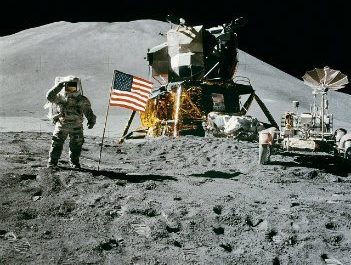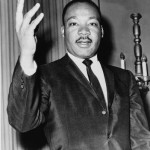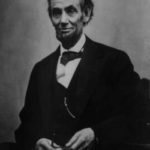When Armstrong Landed On The Moon
When John F. Kennedy spoke to a special joint session of Congress on May 25, 1961, he stated that he believed the United States should commit itself to successfully landing a man on the moon and returning the man back to Planet Earth. Just a few years later, the dream of landing an American on the moon came true.
Unfortunately, President Kennedy never lived to see Apollo 11 blast off on July 16, 1969. However, millions of Americans tuned in to watch astronauts Neil Armstrong, Edwin “Buzz” Aldrin and Michael Collins make history.
The Moon Landing Crew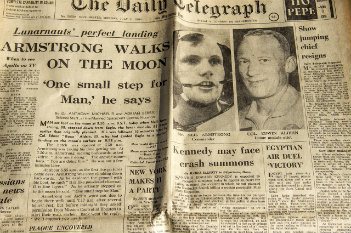
After three astronauts of Apollo 10 successfully orbited around the moon, efforts to land another mission on the moon quickly took shape. National Geographic states that the Apollo 10 crew scoped out the Sea of Tranquility, the chosen landing spot for Apollo 11.
The Apollo 11 crew consisted of astronauts Neil Armstrong, Edwin “Buzz” Aldrin Jr., and Michael Collin. Neil Armstrong served as commander of the mission. Buzz Aldrin served as pilot of the Lunar Module, while Michael Collins served as pilot of the Command Module.
Rumors exist that indicate Buzz Aldrin wanted to be the first man out to walk on the moon. However, he did not receive that honor. Neil Armstrong became the first man to walk on the surface of the moon.
The Mission
After leaving Earth, the astronauts peered out the window watching Earth get smaller and smaller. After traveling 240,000 miles in 76 hours, Apollo 11 entered lunar orbit. The men asked for and received permission to postpone their scheduled time set aside for sleeping to begin preparation to walk on the moon. NASA explains that after the crew rested for a while, Neil Armstrong and Buzz Aldrin entered the Lunar Module. Collins stayed on board the command module.
Safely inside the Lunar Module dubbed the “Eagle,” Neil Armstrong and Buzz Aldrin prepared for landing on the surface and walking on the Moon. After docking the Eagle on the surface of the Moon, on the Sea of Tranquility, Neil Armstrong spoke his first famous statement, “The Eagle has landed.”
Small Step, Giant Leap
As the Lunar Module camera recorded the events of Apollo 11, the world watched as the astronauts prepared to walk. Five hours ahead of schedule, the hatch of the Eagle opened.
With the camera sending images back to Earth, the world watched as Neil Armstrong stepped out. As his left foot touched the surface at 10:56 pm Eastern time, Armstrong spoke the words that went down in history, “That’s one small step for man, one giant leap for mankind.” Aldrin followed Armstrong to the lunar surface about 20 minutes 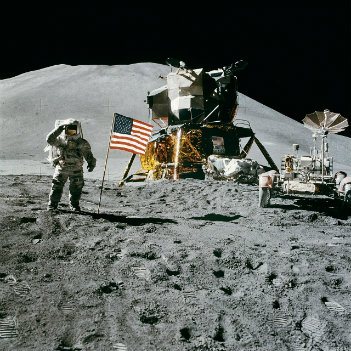 later.
later.
Neil Armstrong and Buzz Aldrin spent two and a half hours on the moon, gathering 47 pounds of surface material, which were collected for the purposes of analysis. The crew also took pictures to send back to NASA, which television stations showed all around the world.
The Apollo 11 crew left a lasting impression on the moon for future missions and for whatever else may dock on the moon. The Apollo 11 crew left a plaque, which read “Here men from the planet Earth first set foot on the moon-July 1969 A.D-We came in peace for all mankind.” They also planted an American Flag on the Moon.
Life Back On Planet Earth
The Apollo 11 crew spoke with President Richard M. Nixon before docking with the command module again. On July 24, 1969, the Apollo 11 crew splashed down in the Pacific Ocean. The three astronauts spent three weeks in quarantine. After the landing, Armstrong continued with his commitment to space exploration. He was not one to grab the spotlight in general, but he was seen back in the media in 2010. He expressed his concerns about the changes that were being made to the U.S. space program and testified against the decision to cancel the Constellation program.
Neil Armstrong passed away on August 25, 2012, after complications from heart surgery. He was 82.

